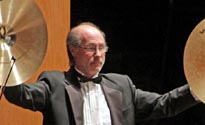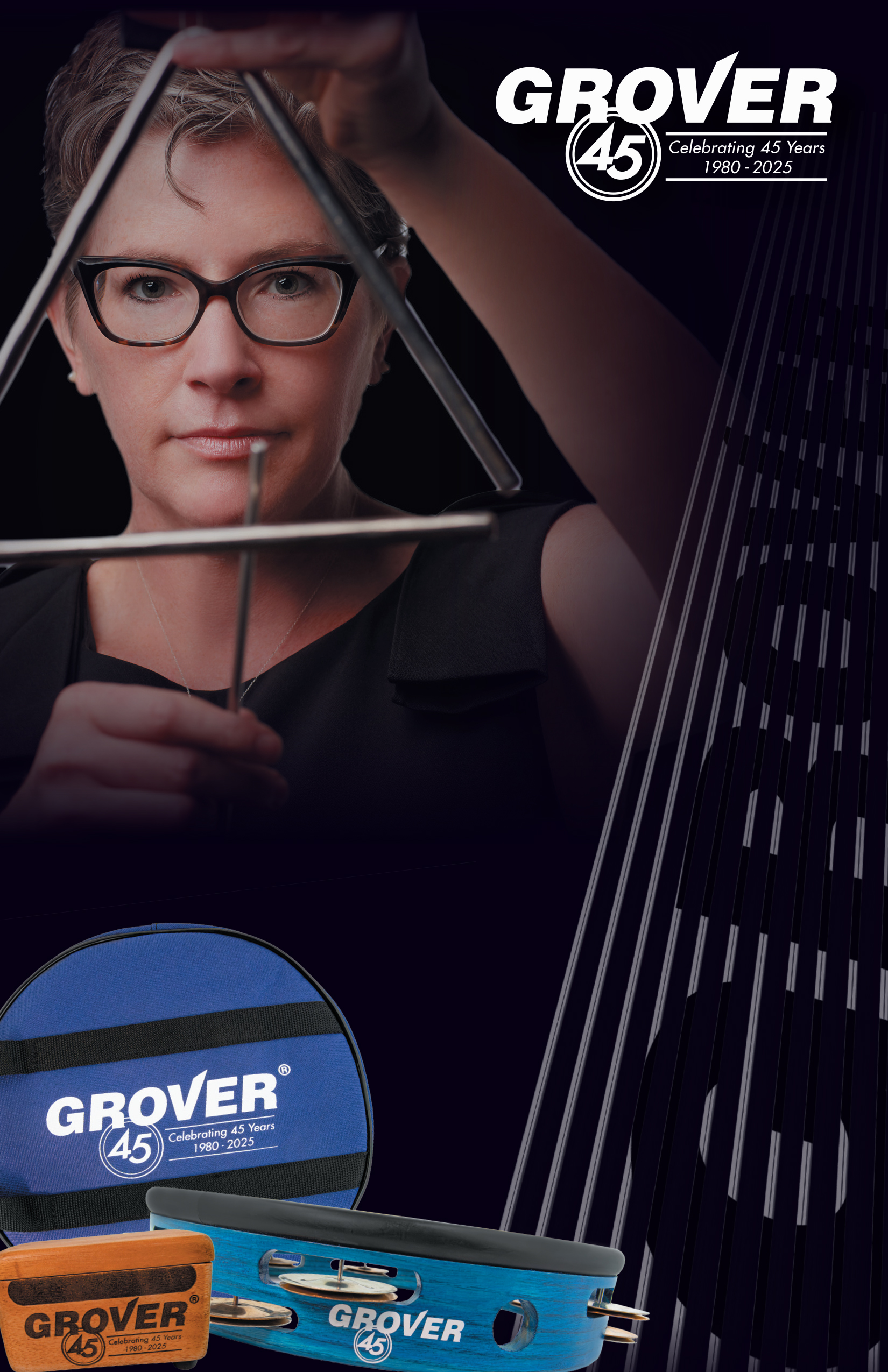As percussionists, one of the most challenging skills to learn is subbing a percussion book for a show. It is a skill set that you must master to be fully prepared for the career challenges that lie ahead. In most situations, you will be expected to play the show without the benefit of any rehearsal with the orchestra or cast. You will be required to “make it happen” for your first performance. In addition, you will be using the “chair” players equipment and setup and this takes some getting used to.
Your primary goal in subbing a book is to sound as close to the chair player as possible. The best compliment you can get after subbing your first show is “I didn’t know that “David” wasn’t here tonight. You sound just like him.” This is very important because the cast and orchestra are used to hearing a specific sound from the percussionist. The swings on the show are preparing to a recording, and they need to hear consistency so they can prepare their part.
To prepare to sub a book, I suggest the following:
- Get a recording of the Broadway version of the show to get a sense of the various styles you are going to play. Get familiar with the songs as they appear on the recording, even though the arrangements that you are learning will be different.
- Get a copy of the percussion book with all the markings from the chair player.
- Sit in the pit to watch player perform the show.
- Make a recording of the performance while making extra notes in your part(mallets choices, dialogue cues for hits or solos, dynamics, etc). I use a digital recorder or MD player so I can mark the beginning of each song for easy reference during the practice sessions.
- Photograph the players set up so you can recreate at home.
- If possible, film the conductor so you can be aware of his/her style and cues
at home - Set up a “flight simulator” with your equipment to match the set up in the pit.
- Start your practice session by listening to the pit recording; follow the part and lightly play along to get a good general feel for the show. Notate how much time you have between numbers so you know how much time is available to tune timps or prepare mallet changes.
- Attack the overture, entract and dance numbers first. These will typically require the most work to prepare.
- Once you have a handle on the difficult pieces, start practicing one act at a time for continuity and endurance.
- Try and watch the book again in the pit. You will have a new appreciation for what you need to do since you are now very familiar with the book. You can also spend more time watching the conductor for cues.
- Treat your final practice sessions like an actual performance. Warm up, play through the 1st act, intermission and then the final act. Record yourself during the run through and critique yourself after the show is over.
Subbing is a great way to keep your skills sharp and show other percussionists and conductors how versatile a player you are. Do a great job, and they will surely keep you in mind for their next opportunity. Have a ball.
David has been an active freelance percussionist in Connecticut, Massachusetts and New York for over 30 years. He is a frequent sub at the Goodspeed Opera House and regularly plays with the Hartford, New Haven, Bridgeport and Waterbury Symphonies. Since 2002, David has been an active percussionist on Broadway; subbing for Man of LaMancha, Hairspray and Spelling Bee. David received his Bachelors Degree from the Hartt College of Music; having studied with Alexander Lepak, Joseph Castka, Jim Chapin and Michael Hinton.
and New York for over 30 years. He is a frequent sub at the Goodspeed Opera House and regularly plays with the Hartford, New Haven, Bridgeport and Waterbury Symphonies. Since 2002, David has been an active percussionist on Broadway; subbing for Man of LaMancha, Hairspray and Spelling Bee. David received his Bachelors Degree from the Hartt College of Music; having studied with Alexander Lepak, Joseph Castka, Jim Chapin and Michael Hinton.

Leave a Reply